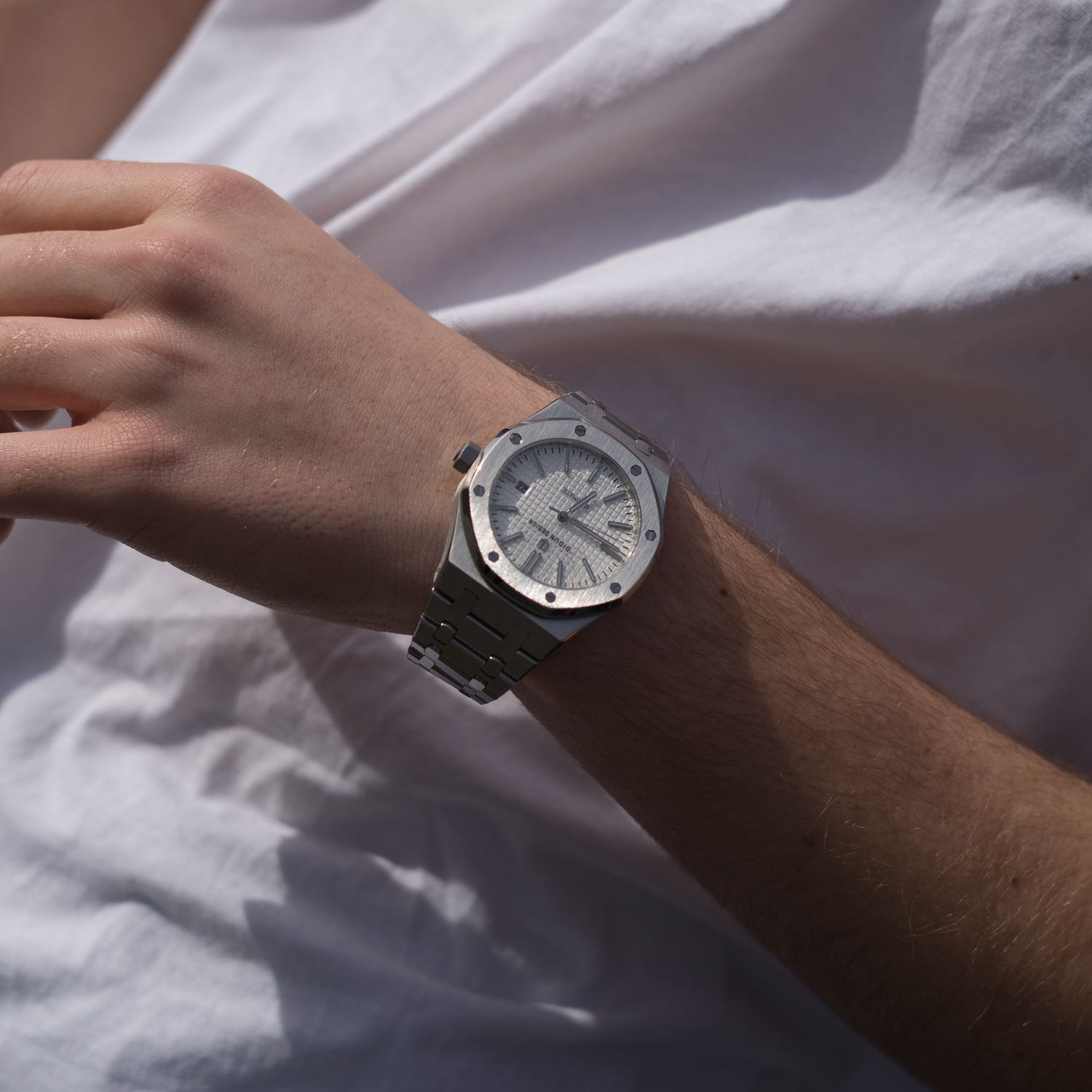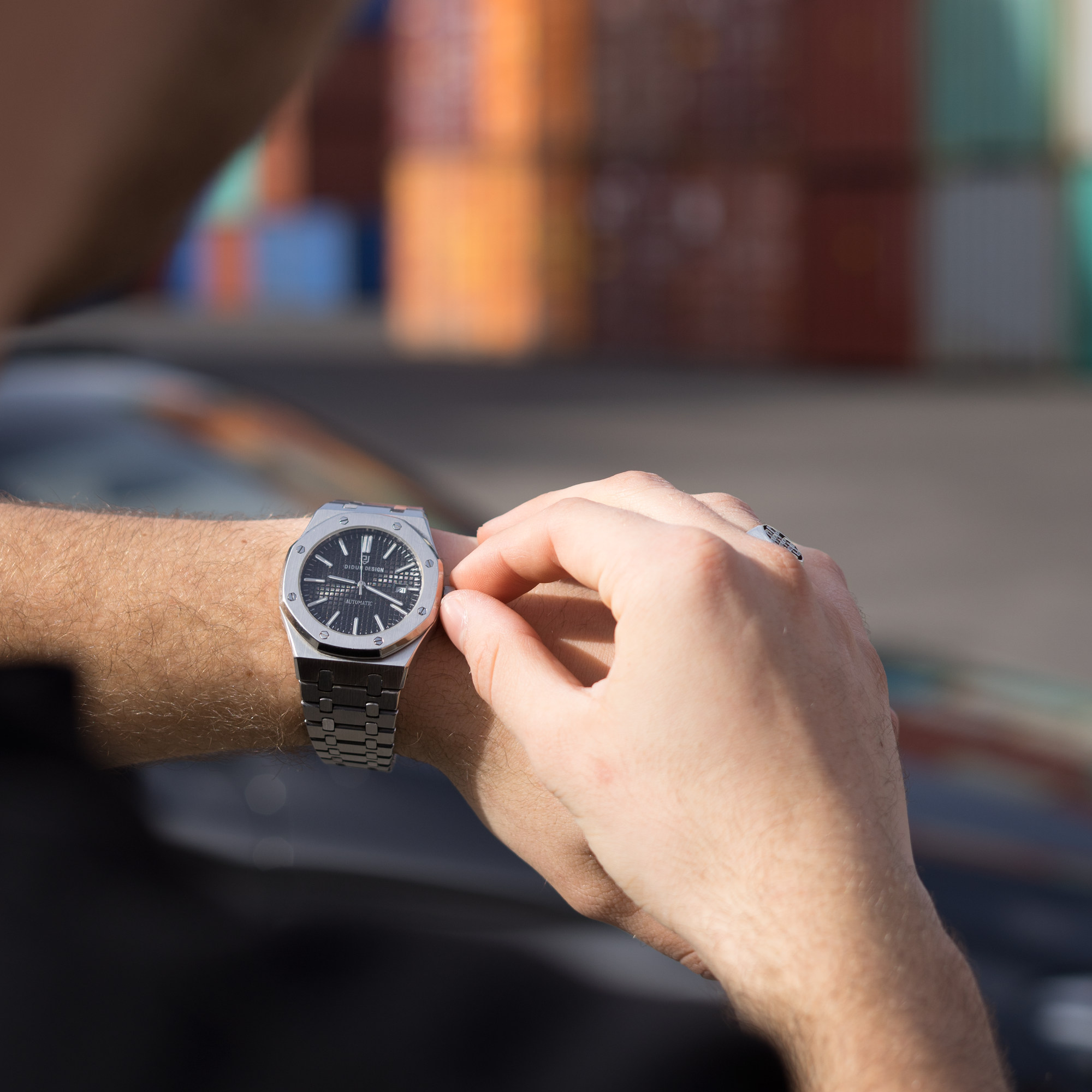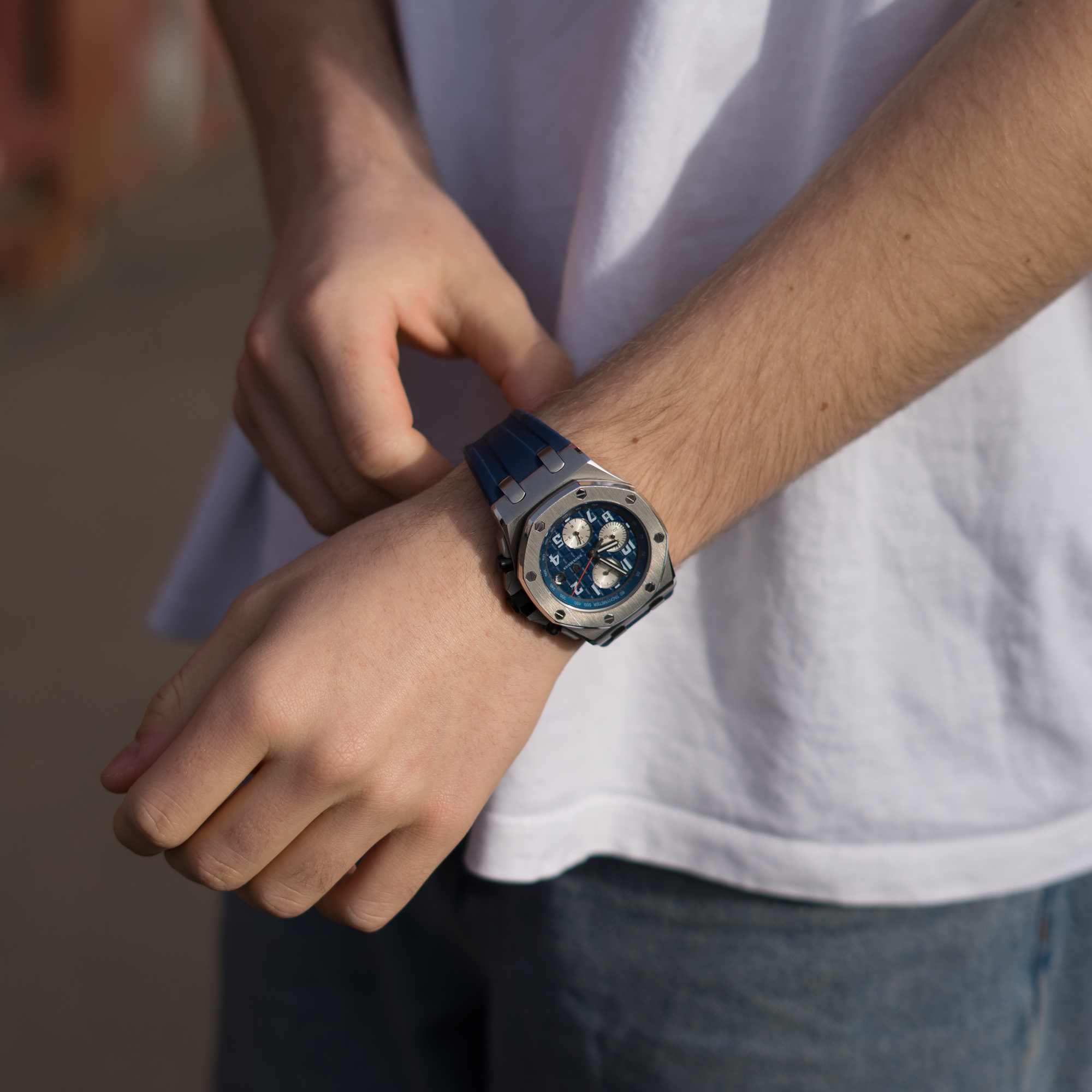Introduction
Navigating the world of watches can be a complex endeavor, especially when faced with an array of technical terms and intricate functions. To help you better understand and appreciate the beauty of timepieces, we've compiled this Watch-ABC guide, breaking down key terms and essential functions in a simple, easy-to-understand manner.
A. Automatic Movement
Automatic movement, also known as self-winding, refers to a mechanical watch that harnesses the natural motion of the wearer's wrist to power the timepiece. The movement winds the mainspring, ensuring the watch continues to run without manual winding.
B. Bezel
The bezel is the ring surrounding the watch face, often made of metal or ceramic. Bezels can be fixed or rotating and serve various functions, such as tracking elapsed time, measuring speed, or providing a second-time zone.
C. Chronograph
A chronograph is a watch function that allows the user to measure elapsed time, functioning like a stopwatch. Chronographs typically feature subdials and pushers on the case to start, stop, and reset the timer.
D. Dial
The dial, or face, is the visible part of the watch that displays the time. Dials come in various styles, colors, and materials and can feature different types of indices, such as Roman numerals or hour markers.
E. Escapement
The escapement is a critical component of a mechanical watch that transfers energy from the mainspring to the balance wheel, regulating the movement's accuracy and ensuring a consistent release of power.
F. Flyback
A flyback function in a chronograph allows the user to reset and restart the stopwatch with a single push of a button, without needing to stop and reset it separately. This feature is useful for timing successive events, such as laps in a race.
G. GMT
GMT (Greenwich Mean Time) watches display a second-time zone, allowing the wearer to track the local time and another time zone simultaneously. This function is particularly useful for frequent travelers or those with international connections.
H. Horology
Horology is the science and study of timekeeping and the art of crafting timepieces.
I. Indices
Indices are the markers on a watch dial that indicate hours, minutes, and sometimes seconds. Indices come in various forms, such as Arabic or Roman numerals, batons, or dots.
J. Jewels
In watchmaking, jewels (usually synthetic rubies or sapphires) are used as bearings for moving parts to reduce friction and wear. A higher jewel count typically indicates a more refined and accurate movement.
K. Lugs
Lugs are the protruding parts on the watch case that connect to the bracelet or strap, allowing the watch to be securely fastened to the wearer's wrist.
L. Mechanical Movement
Mechanical movement refers to a watch powered by a mainspring and a series of gears and components, as opposed to a battery-powered quartz movement. Mechanical watches can be manual-winding or automatic.
M. Power Reserve
The power reserve is the amount of stored energy in a watch's mainspring, indicating how long it can run before needing to be wound again. Power reserve is typically measured in hours.
N. Quartz Movement
Quartz movement is powered by a battery and uses a quartz crystal to keep time. These watches are known for their accuracy and affordability compared to mechanical watches.
O. Sapphire Crystal
Sapphire crystal is a synthetic, scratch-resistant material used for the watch glass. It offers superior clarity and durability compared to other materials like mineral or acrylic glass.
P. Tourbillon
A tourbillon is a complex watch complication designed to counteract the effects of gravity on a watch's accuracy. In a tourbillon, the balance wheel and escapement are housed in a rotating cage, ensuring that the watch maintains consistent timekeeping regardless of its orientation. This intricate mechanism is often found in high-end, luxury watches.
Q. Water Resistance
Water resistance indicates the level of protection a watch has against moisture and water ingress. It is typically measured in meters (m) or atmospheres (ATM). Watches with higher water resistance ratings are suitable for activities like swimming or diving, while those with lower ratings are better suited for everyday wear and occasional splashes.
R. World Timer
A world timer is a watch complication that displays the time in multiple time zones simultaneously, usually featuring a rotating inner bezel or dial with cities representing each time zone. This function is particularly useful for frequent travelers or those working with global teams.
Conclusion
Understanding the key terms and essential functions of watches can enhance your appreciation for the craftsmanship and complexity that goes into creating these timeless instruments. With this Watch-ABC guide, you're now better equipped to navigate the world of horology and make informed decisions when selecting the perfect timepiece for yourself or as a gift for someone special.



